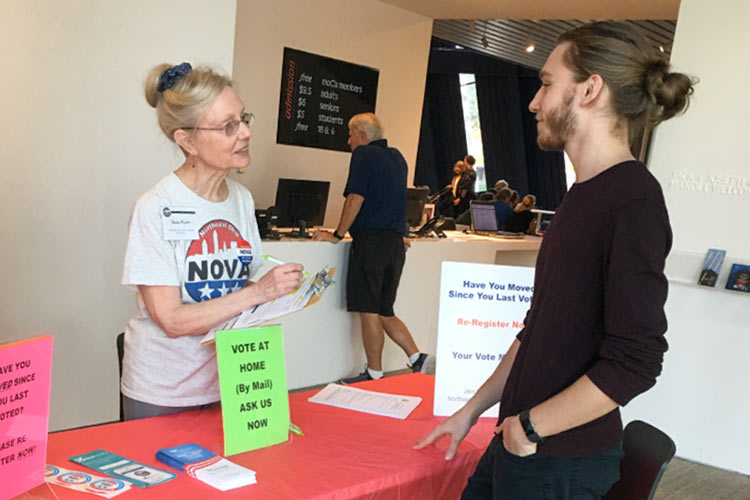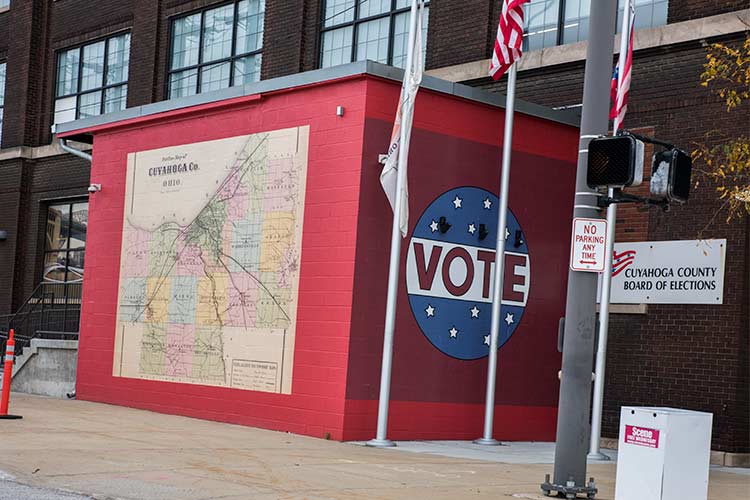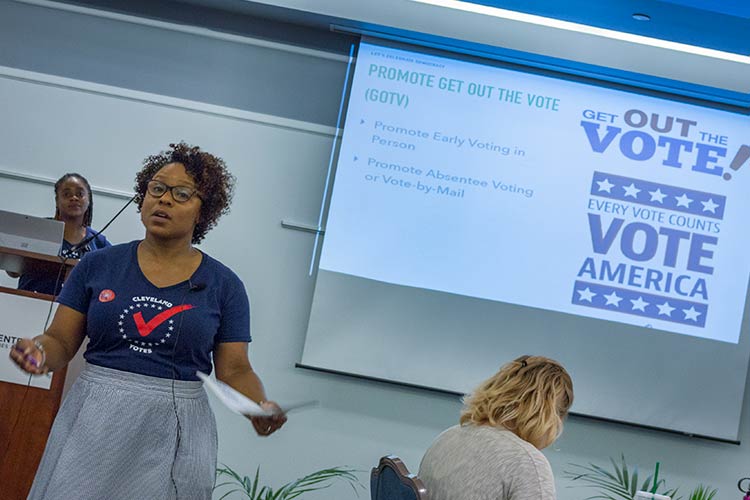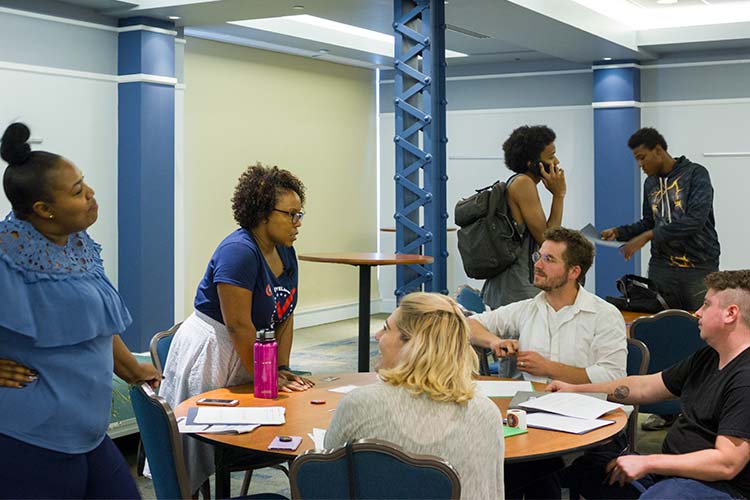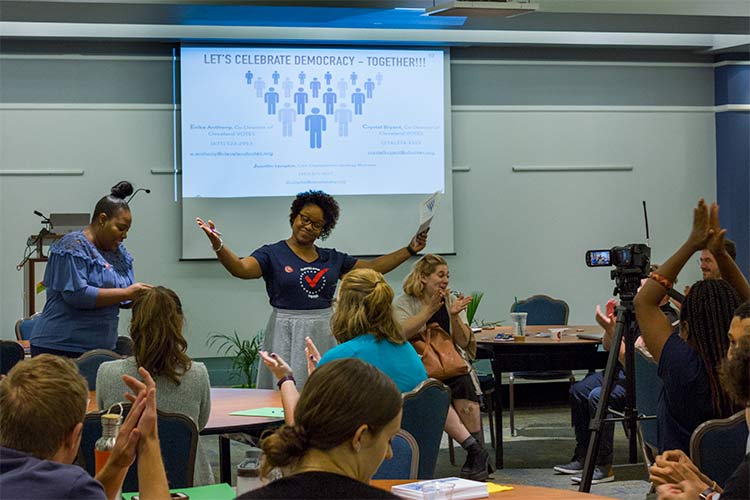
All the ways Cleveland is getting ready to rock the vote, and why they matter
Thrity Umrigar was merely going out on October 4th to run some errands. But as she was waiting to pay a bill at her Cleveland bank, she turned around and saw a long line of people behind her. Suddenly, she wasn’t just an award-winning, nationally best-selling author; she was an engaged citizen who saw an opportunity that was just too good to pass up.
“Almost like someone who can’t help themselves, I found myself turning around and yelling, Voter registration ends on Tuesday! Are you registered?” says Umrigar. “And then, because I hadn’t humiliated myself enough, I went up to each person in line and asked them individually if they were registered. Most of them looked at me like I was a crazy lady, but I had a few good conversations with people waiting in line.”
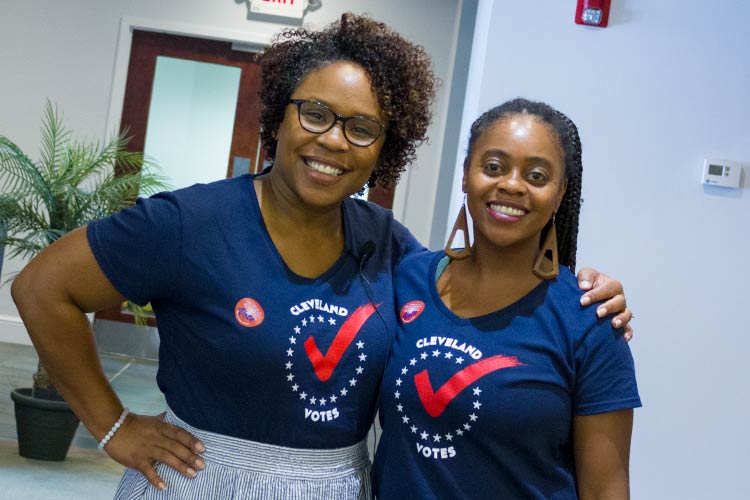 Cleveland VOTES Nonpartisan Engagement Training held in July by Cleveland Neighborhood ProgressWhether it’s one woman at a bank or a team of volunteers with clipboards at rallies, the full-court press of voter registration and voter encouragement has been a ubiquitous presence in the national landscape for months now. It is a flurry of activity unlike many have ever seen leading up to a midterm election.
Cleveland VOTES Nonpartisan Engagement Training held in July by Cleveland Neighborhood ProgressWhether it’s one woman at a bank or a team of volunteers with clipboards at rallies, the full-court press of voter registration and voter encouragement has been a ubiquitous presence in the national landscape for months now. It is a flurry of activity unlike many have ever seen leading up to a midterm election.
Here in Ohio, the barriers to registration and voting mirror the obstacles nationally (lack of education on issues, apathy about candidates, transportation to polls, etc.), but are also uniquely Ohioan. A June 2018 Supreme Court decision upheld the “use-it-or-lose-it” Ohio voting law that gives the state the power to bar voting from citizens who fail to return a mailed address confirmation form, and don't vote for another four years (or two federal election cycles) after registering.
Midterm election voter turnout can be tricky to measure. You can’t expect the 69.3 percent of citizens who voted in the 2016 Presidential Election, but you also want to do better than the 39.5 percent who cast ballots in 2014, the last midterm election.
To improve on that rate, several Cleveland-based organizations have undertaken massive efforts to increase participation in the upcoming election. Their goal? To confront the barriers head-on—first by getting Clevelanders registered to vote, then by devising ways to get the votes of Clevelanders cast and counted.
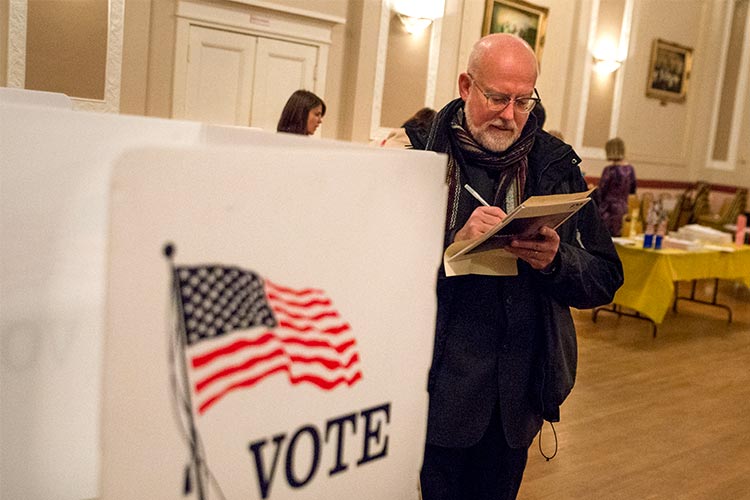 Step 1: Registration
Step 1: Registration
Registering to vote often means navigating what can sometimes be a complicated web of changing addresses, confusing information, and signing your name in exactly the right place.
Recognizing that individuals often turn to local nonprofits for sage advice, Cleveland Neighborhood Progress has been deeply immersed in Cleveland VOTES—an initiative that provides free nonpartisan voter engagement training to 501(c)(3) organizations who are in direct engagement with their constituents.
Through their two free trainings offered in July, 83 attendees from dozens of Cleveland nonprofits learned everything from the process of registration to how to maximize social media for educating clients to best practices for handling potentially emotional conversations about prominent issues in the upcoming election.
“The trainings really illustrated the need for nonpartisan information in the political landscape and how it can best be communicated to our communities,” says Jennifer Lumpkin, Civic Engagement Strategy Manager for Cleveland Neighborhood Progress. “Nonprofits are a trusted place of information for our neighbors and can play a crucial role in helping their constituents understand how to deepen their engagement.”
Those attending the trainings were able to have in-depth discussions on how their organization aligns with ballot issues, as well as how they can play a more active role in addressing voter suppression and disenfranchisement.
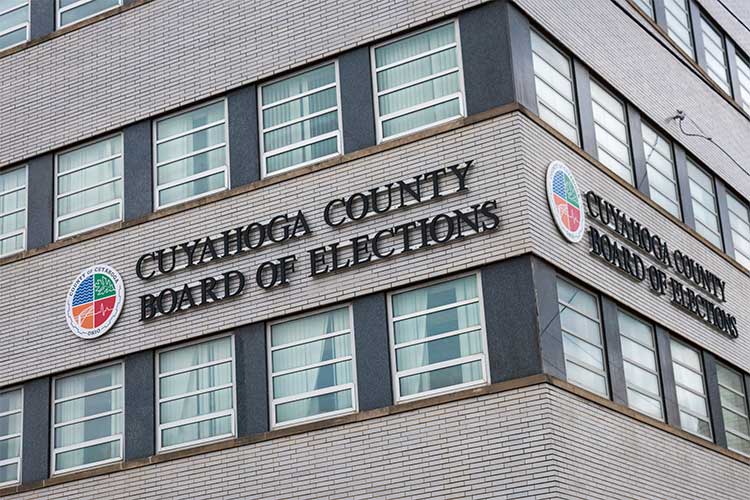 For Justice Ministry of the South Euclid United Church of Christ, the approach seems to be working. “We had a goal of registering 125 people,” says volunteer Juan Goodman. “We ended up with over 220, which was very encouraging.”
For Justice Ministry of the South Euclid United Church of Christ, the approach seems to be working. “We had a goal of registering 125 people,” says volunteer Juan Goodman. “We ended up with over 220, which was very encouraging.”
Ashley Underwood of NARAL Pro-Choice Ohio reports that she was able to gain more perspective on the many reasons why people are not civically engaged, which inspired her to brainstorm messaging that would make voting interesting to someone who has never registered.
“I now discuss voting with genuine excitement,” says Underwood. “Politics and legalese can be overwhelming, but registering community members in this personable manner has yielded really insightful interactions.”
In addition to the trainings, Cleveland VOTES also convened partners all over Cuyahoga County on September 25 for National Voter Registration Day. Over 1000 people were registered, a tally that far exceeds previous efforts for this day. Their efforts were even shouted out on social media by When We All Vote, the national organization co-chaired by Michelle Obama aiming to spark a conversation about the responsibility of registering and voting.
“Voter registration is a key way to address equity in our community,” says Lumpkin. “The more we can help every citizen understand the process, the closer we can get to every voice being heard.”
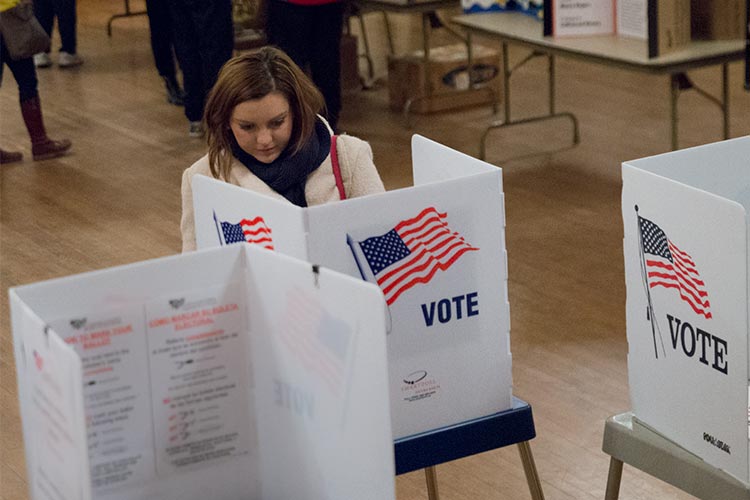 Step 2: Voting
Step 2: Voting
Getting people registered is only half the battle. Turning those registrations into actual votes can be just as monumental a task—particularly in low-income communities where voter turnout on Election Day has proven to be significantly distressed.
Northeast Ohio Voter Advocates (NOVA), an organization that focuses on voter research and advocacy, has centered their efforts on a strategy that often flies under the radar: vote by mail (VBM).
“Low-income individuals struggle with getting time off work, transportation, childcare, and not enough time to look at the ballot.,” says Susan Alcorn, NOVA's president. “Vote by mail gives people extra time to look things over, talk with their friends and family, and have more confidence in the process by being able to be more intentional with their voting.”
VBM presents its own set of challenges, chiefly that individuals’ addresses must match up with the information listed on their voter registration. (An address discrepancy can result in the vote being invalidated.)
According to NOVA’s research, 20 percent of low-income Ohioans move without changing their address, representing roughly 40,000 potential votes in the Cleveland area alone that would not be counted. Yet when NOVA volunteers promoted VBM in the 2016 election, the turnout in low-income groups increased by up to 20 percentage points.
“This year, we will be following up on over 800 voter registrations,” says Norman Robbins, Director of Research at NOVA. “The personal touch of well-trained volunteers has proven to make a world of difference in actual votes being submitted.”
VBM does require that citizens request their ballot in advance, and it is critical that these votes be mailed in with the correct postage. Those wishing to save the stamps can deliver their ballot in person to the Cuyahoga County Board of Elections at 2925 Euclid Avenue.
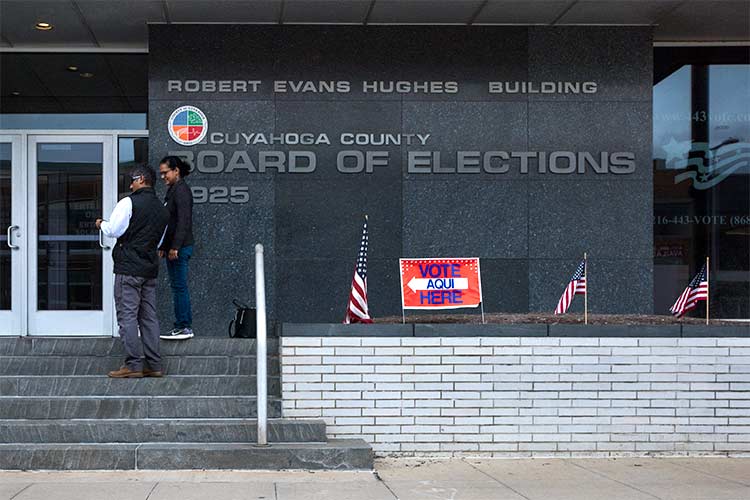 Step 3: Making the connection
Step 3: Making the connection
No matter what method Clevelanders use to vote, both Cleveland VOTES and NOVA agree that the key piece to voter turnout is the person-to-person contact where the importance of voting can be discussed. These critical conversations can take the form of interactions at the food bank, dialogue after church service, and, yes, even engaging with that passionate stranger who suddenly approached you at the bank.
“We are not in the government and we are not big corporations, but the Constitution tells us we are the most important people,” says Umrigar. “What are you possibly going to do with your day on Election Day that will have greater consequences for you and your loved ones and your country? Please go vote.”

About the Author: Ken Schneck
Ken Schneck is the Editor of The Buckeye Flame, Ohio’s LGBTQ+ news and views digital platform. He is the author of Seriously…What Am I Doing Here? The Adventures of a Wondering and Wandering Gay Jew (2017), LGBTQ Cleveland (2018), LGBTQ Columbus (2019), and LGBTQ Cincinnati. For 10 years, he was the host of This Show is So Gay, the nationally-syndicated radio show. In his spare time, he is a Professor of Education at Baldwin Wallace University, teaching courses in ethical leadership, antiracism, and how individuals can work with communities to make just and meaningful change.

